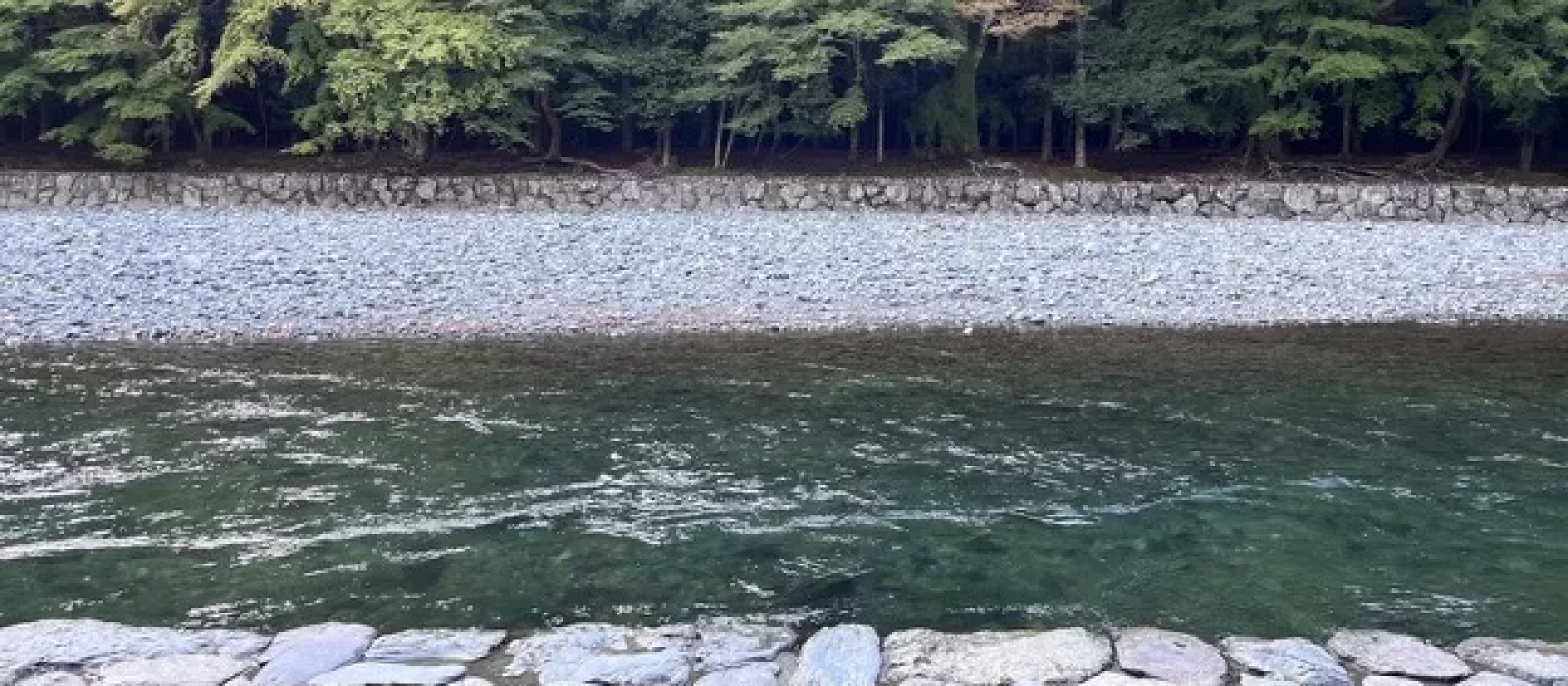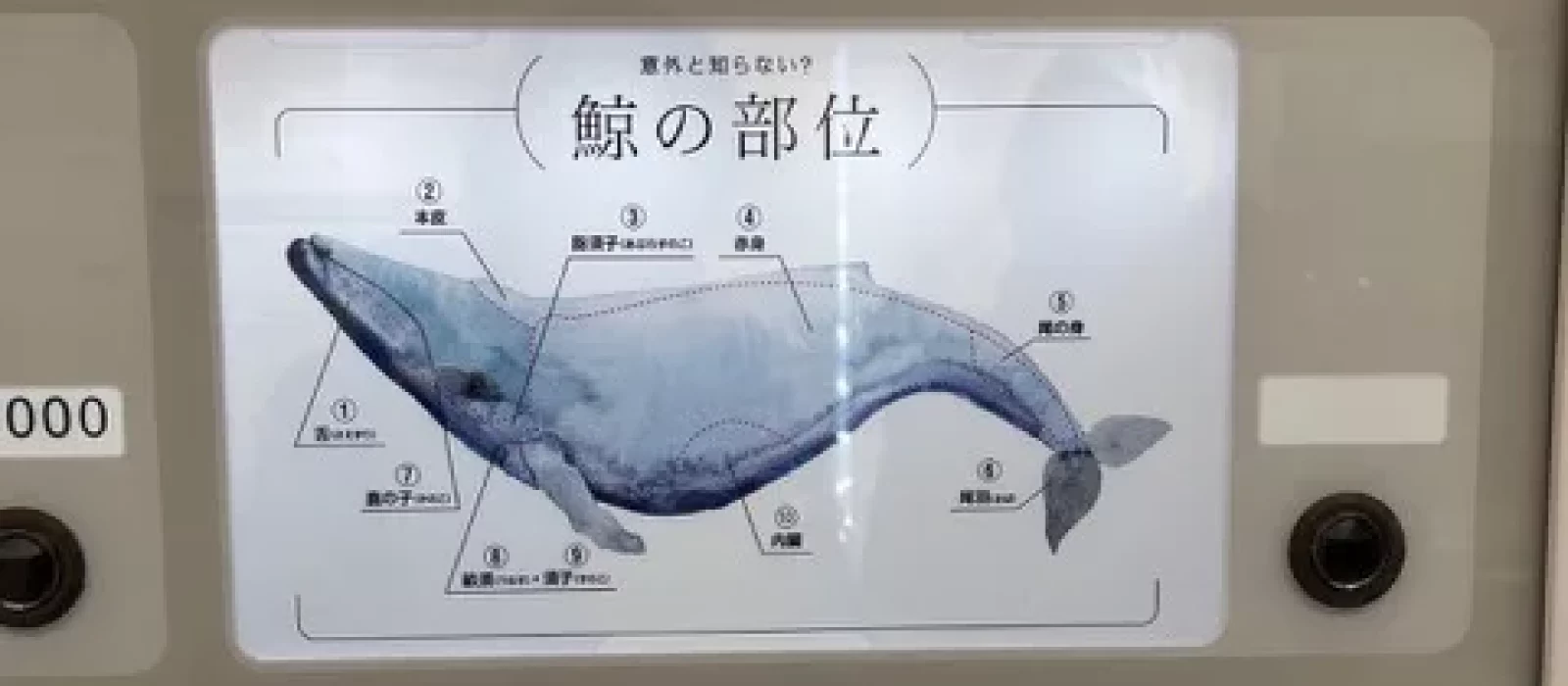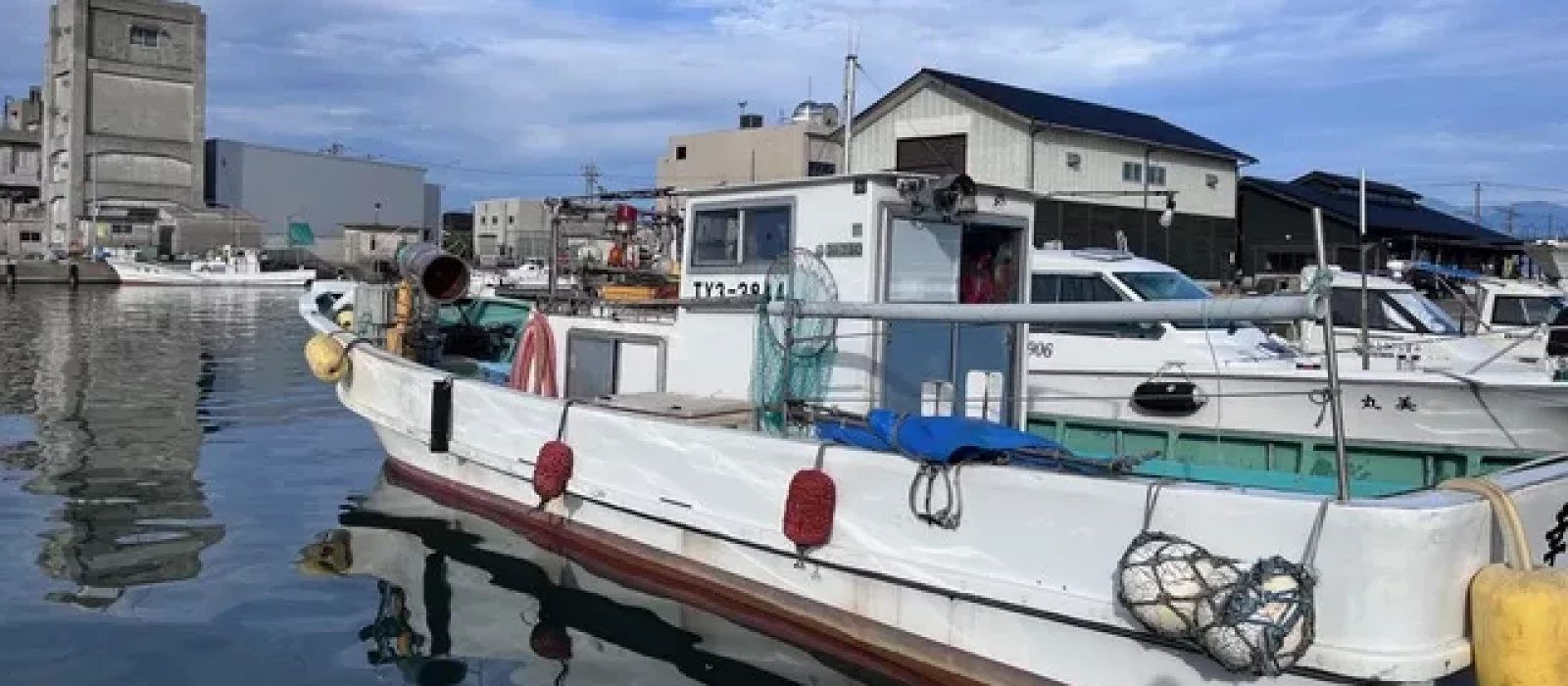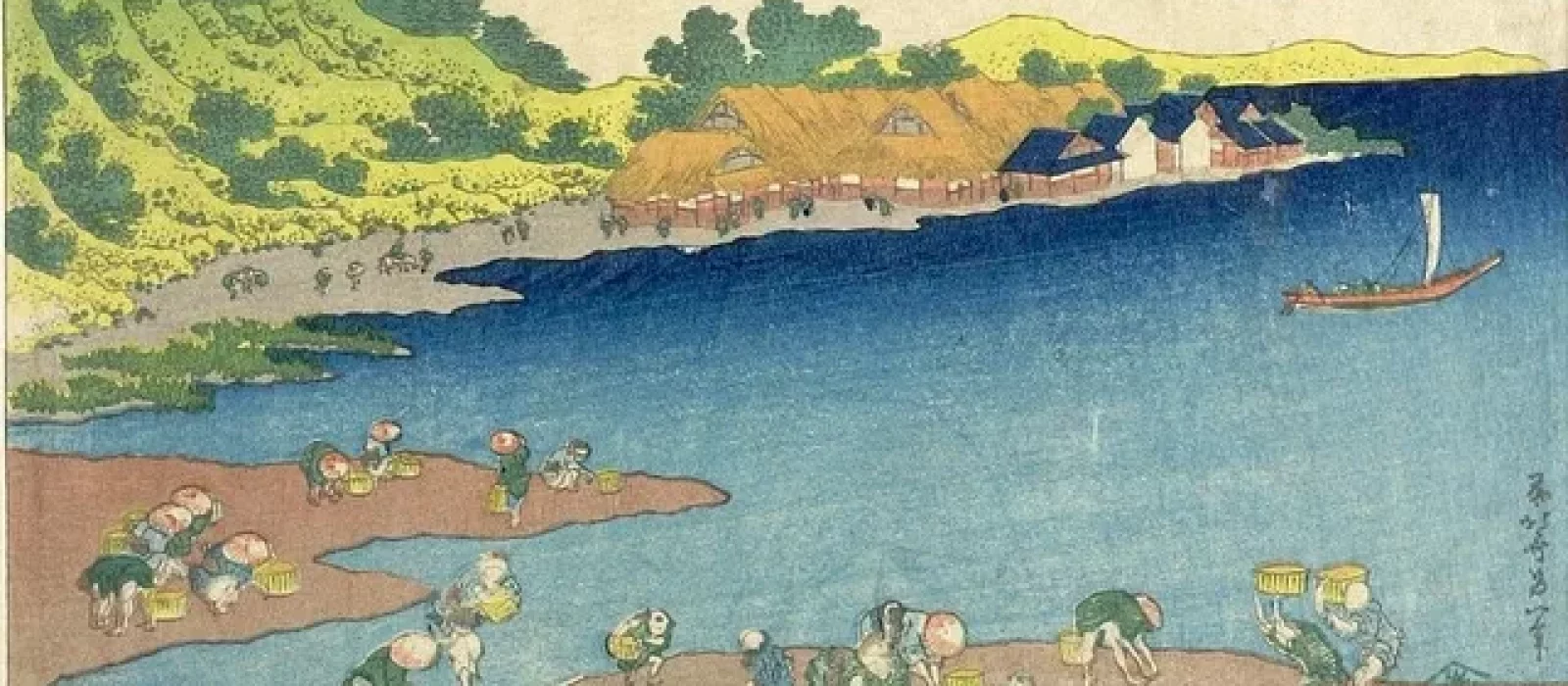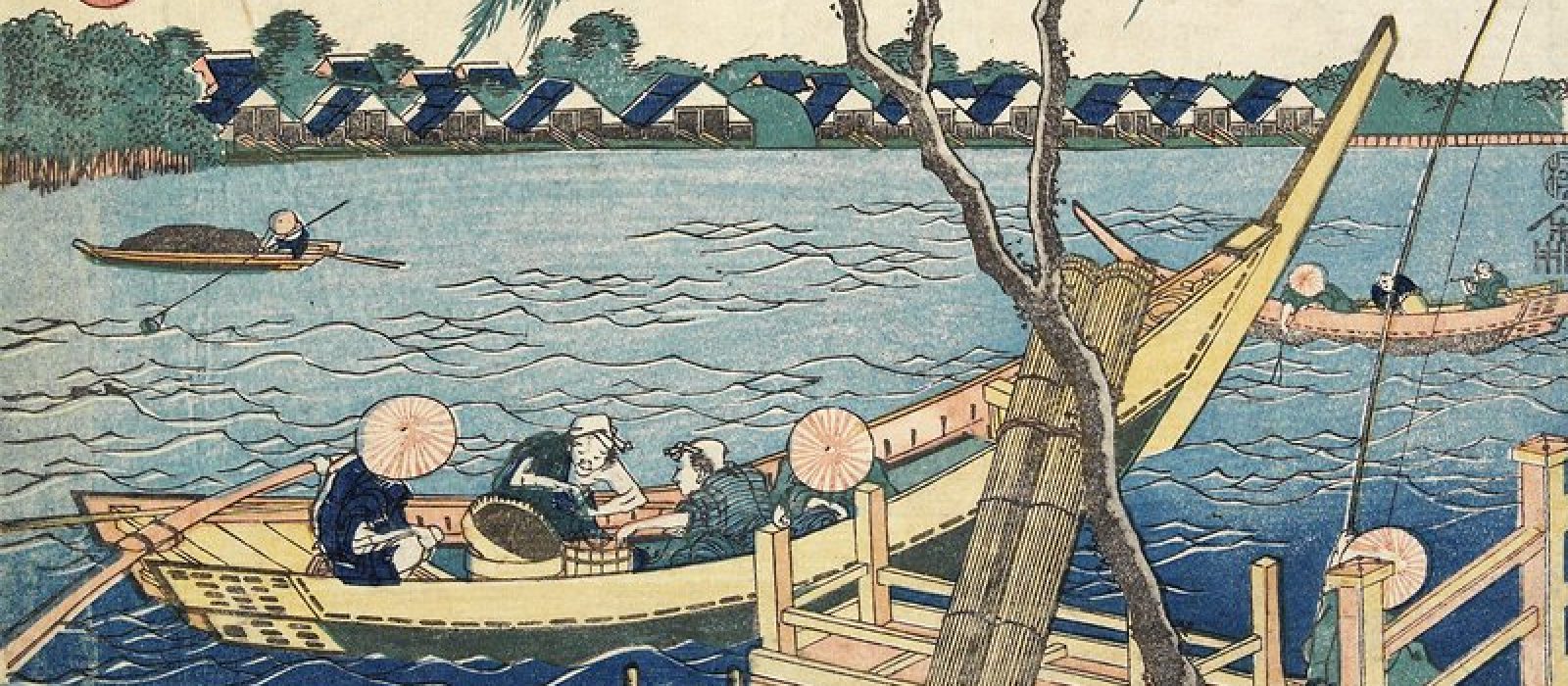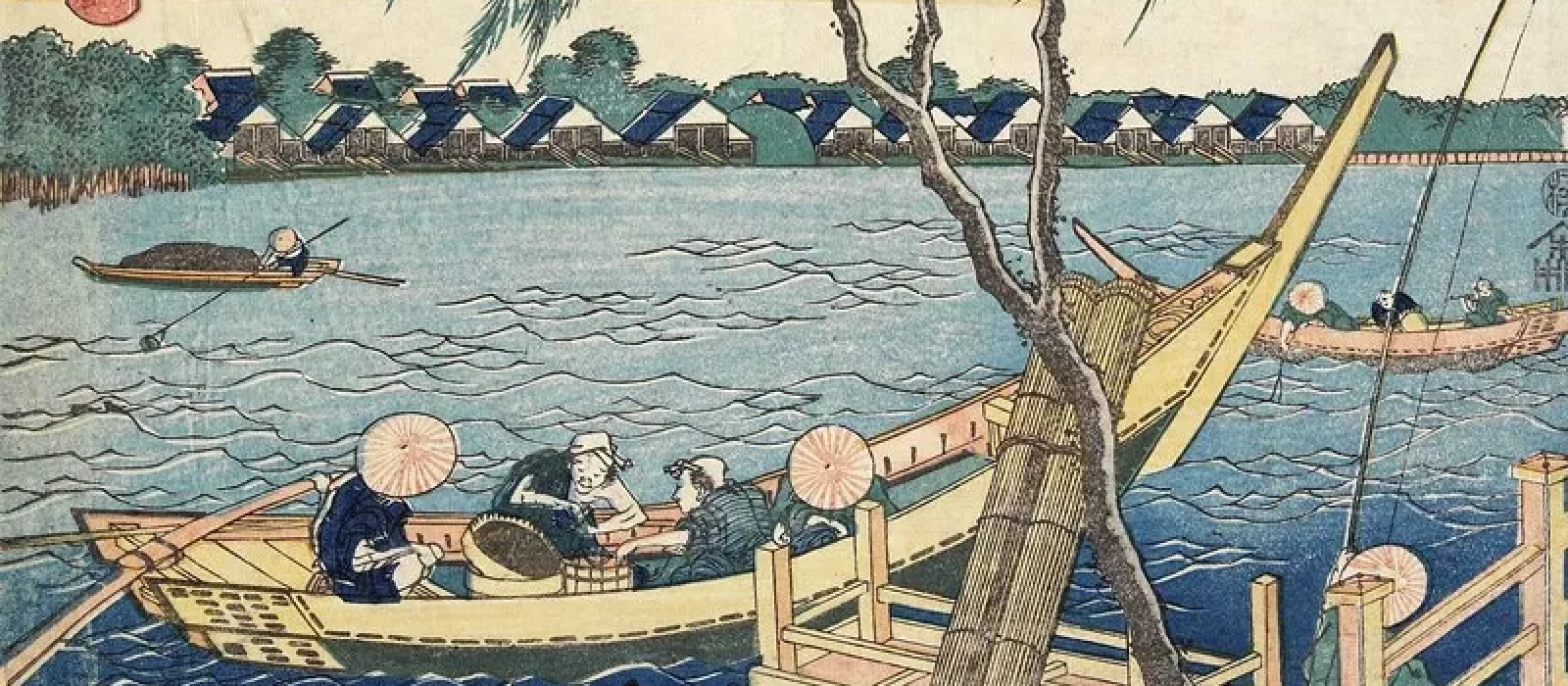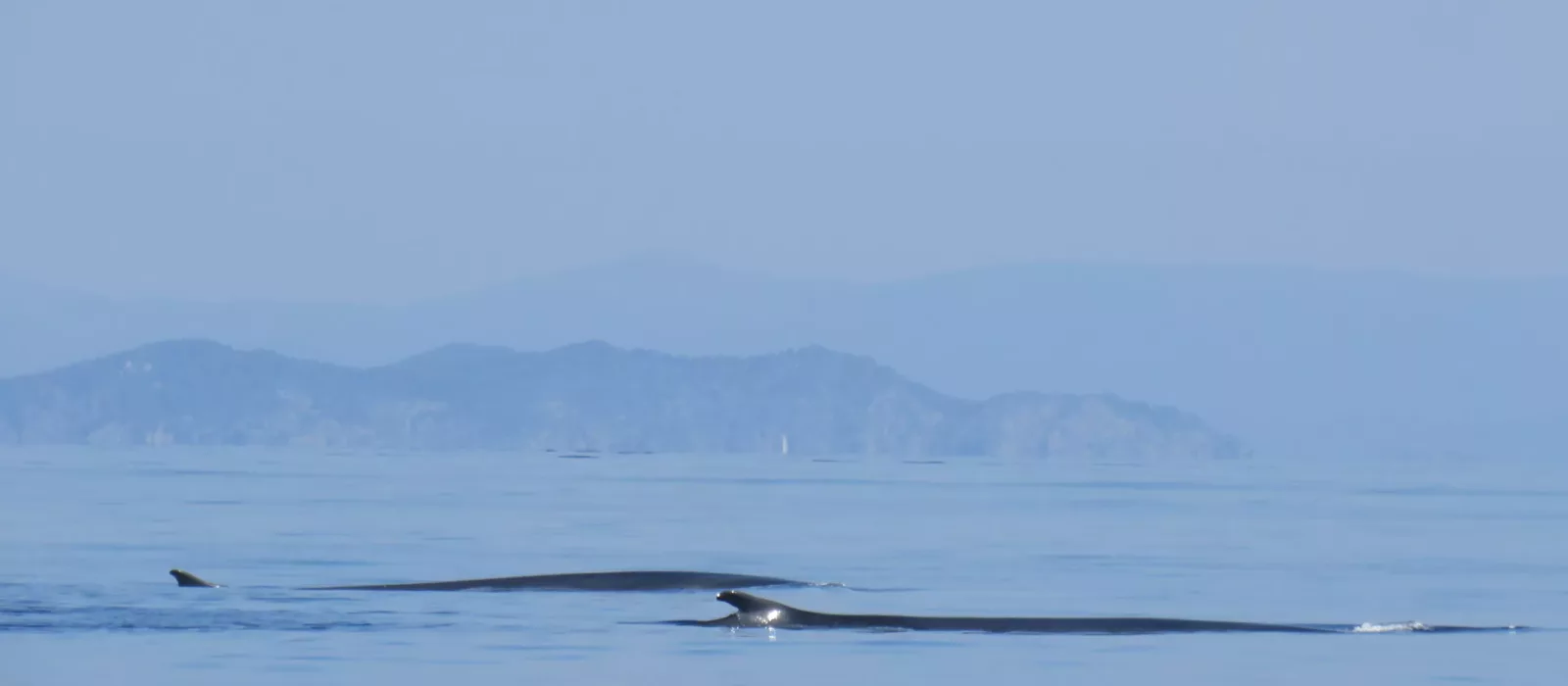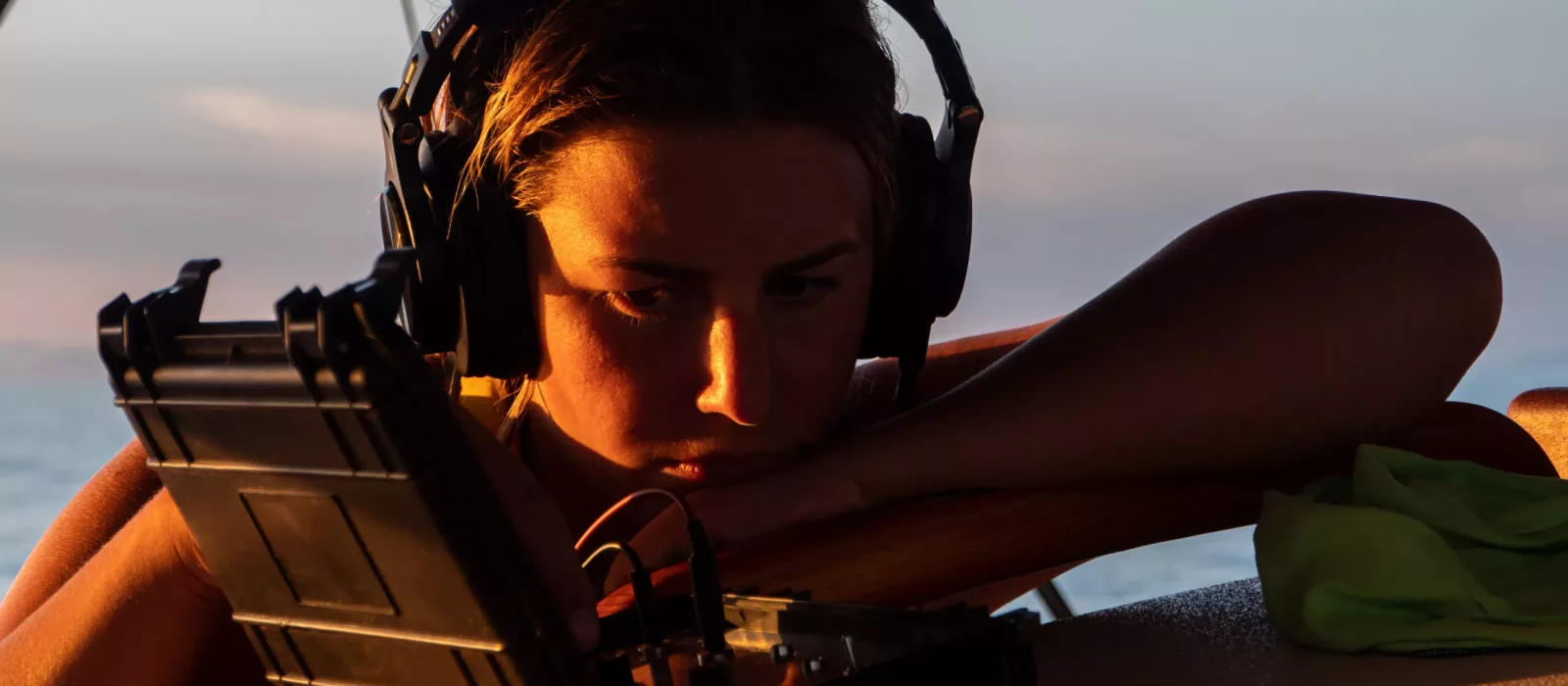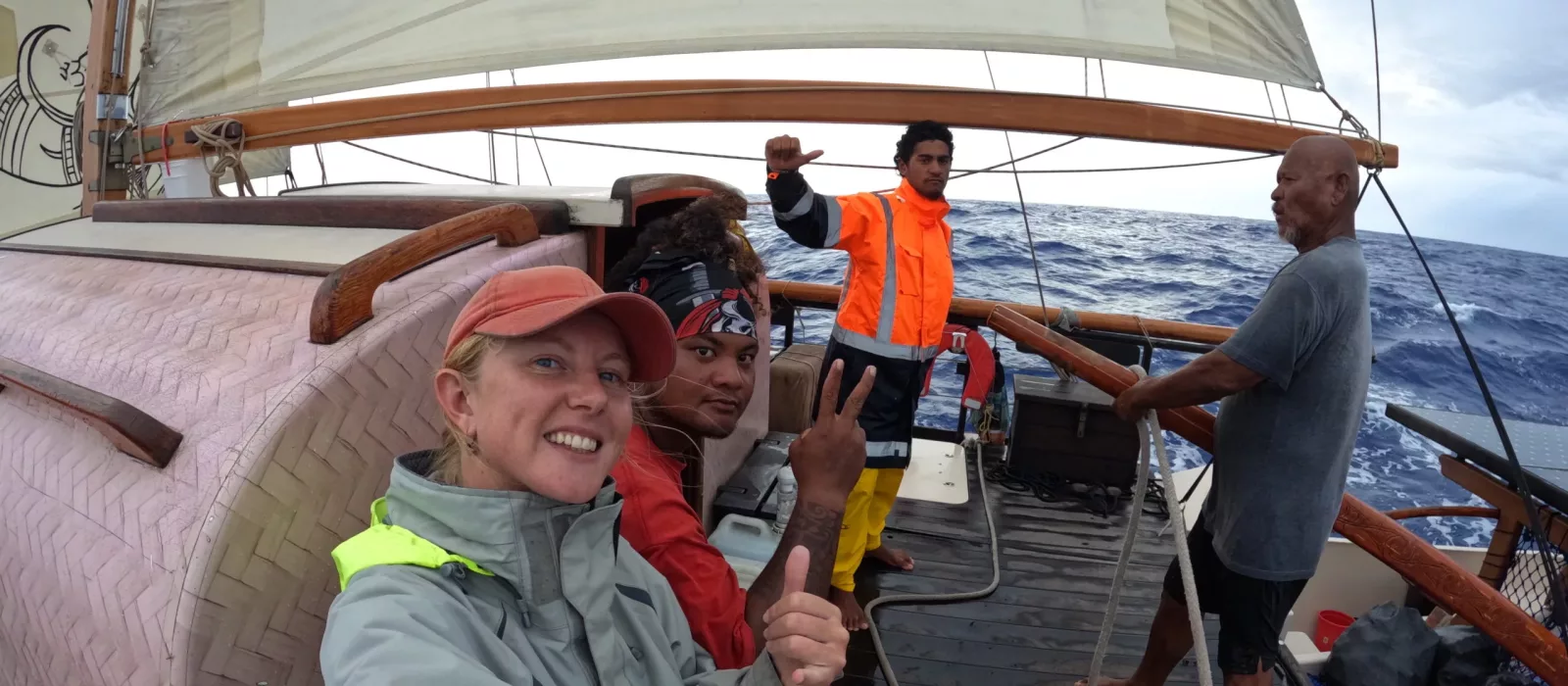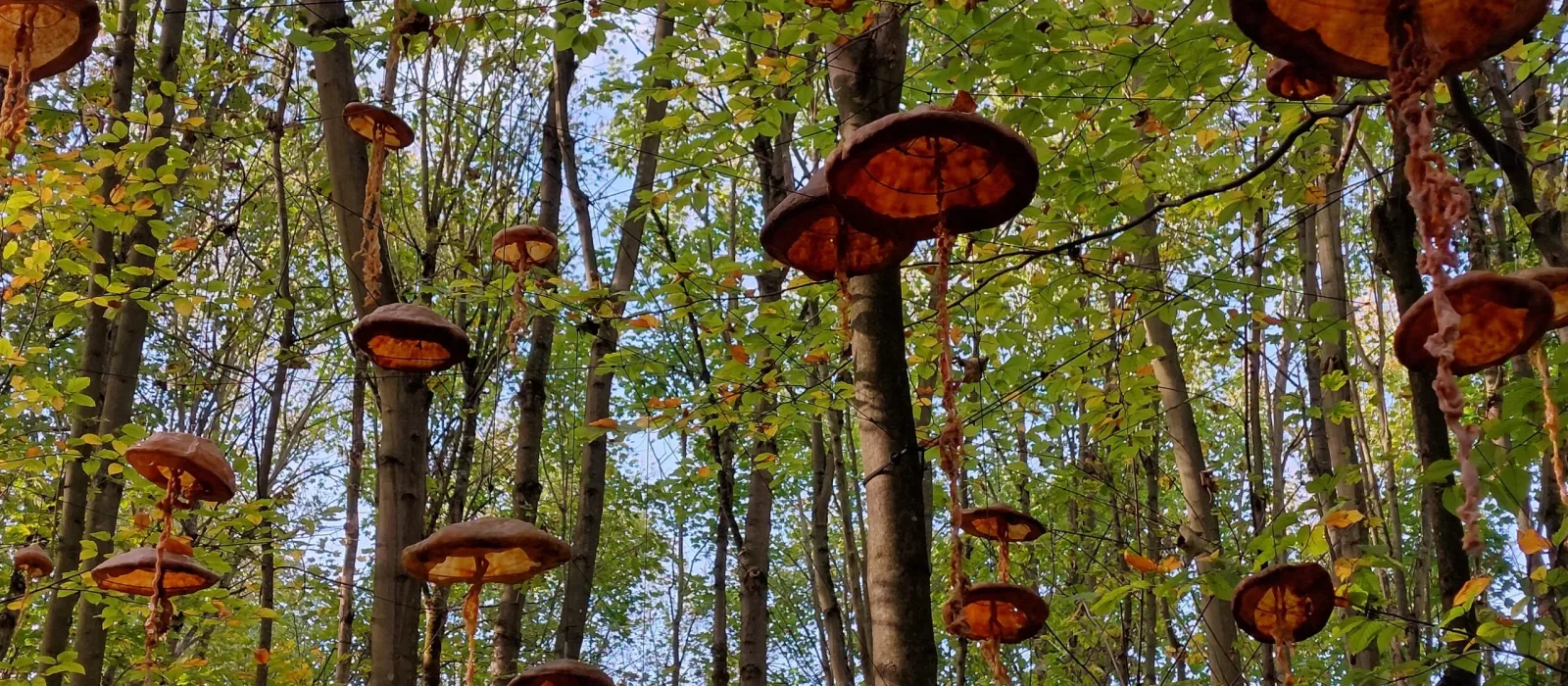admin
`The Vaka is a floating vessel on the sea and so much more than that. Her space becomes alive by all the doings she asks for’, realizes Okeanos wave writer Michaela Vieser who sailed in the Mediterranean Sea aboard Vaka Okeanos. She captured her experiences and impressions of what life is like on board and how the Vaka is “alive”, in an impressive report.
A unique opportunity was offered by Okeanos to young committed people when participating in the summer camps of our youth initiative “waves of action” in Southern France where they developed their own environmental project ideas under experienced workshop-leaders and spend an incredible time on the Vaka Okeanos, with magic days and nights surrounded by whales and dolphins in the Mediterranean Sea. Two participants share insights into their eye-opening experiences and why they decided to take action for ocean awareness.
Image sources
- Travelogue#6 Bild1: Michaela Vieser
- Travelogue#5 Bild4: Michaela Vieser
- Travelogue#3 Bild3b: Michaela Vieser
- Travelogue#2 Bild1: Michaela Vieser
- Fishing_in_the_Miyato_River_–_Hokusai: Michaela Vieser
- Fishing_in_the_Miyato_River_–_Hokusai: Michaela Vieser
- Tonya Listens to hydrophone: Okeanos waves of action
- Alice on Vaka Waa’Qab: Alice Sarah Mason / Okeanos
- Jellyfish Invasion Darmstadt: Okeanos
